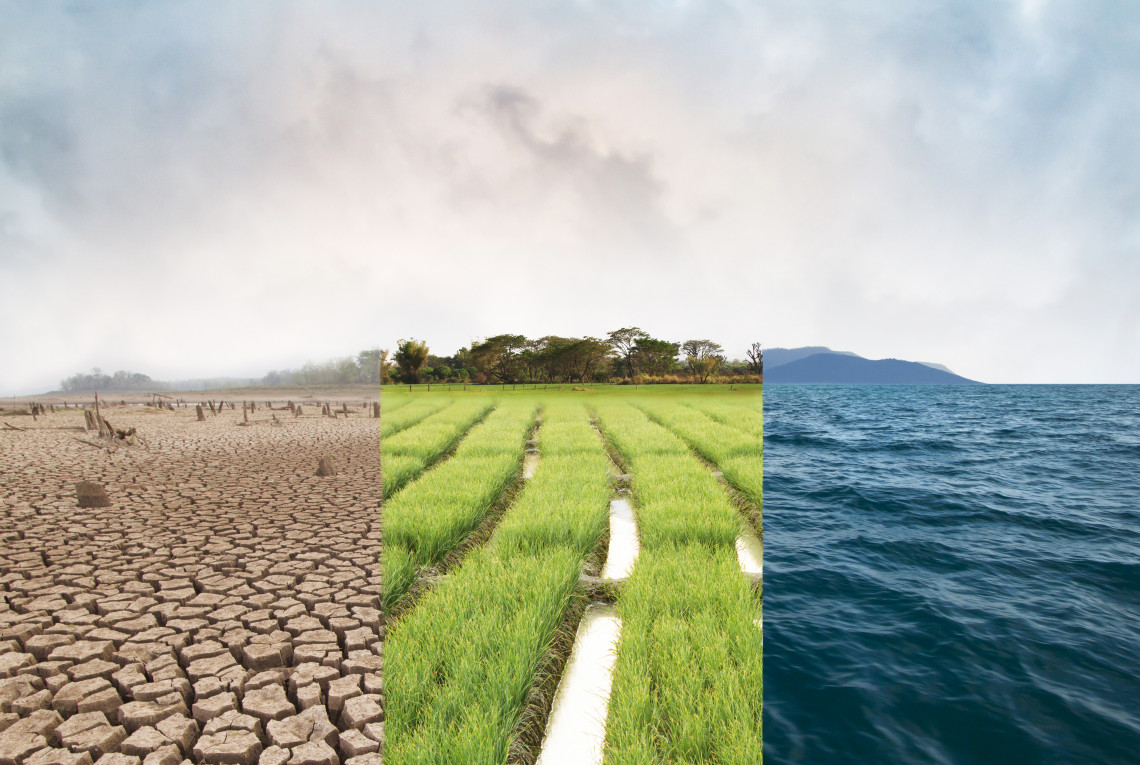
What were the warmest years in Germany? What heat records were set?
Nine of the ten warmest years in Germany since 1881 have occurred after the year 2000 (refer to the box). Six years were already more than two degrees Celsius warmer than the long-term average at the beginning of the records (1881 to 1910), and three years were warmer by even 2.5 degrees Celsius or more.











